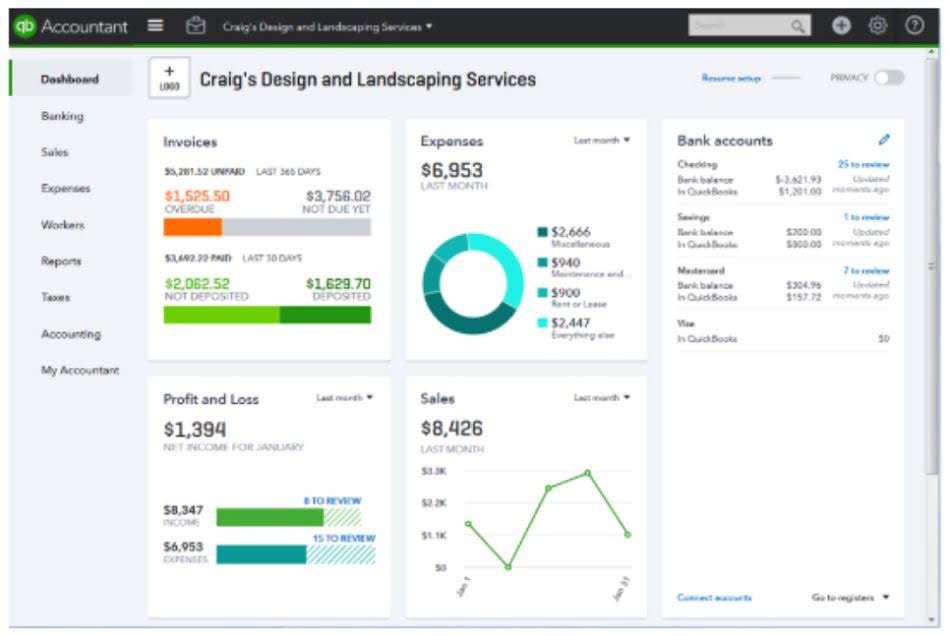- Share on :
- More
The Best Guide to Bookkeeping for Nonprofits: How to Succeed Foundation Group®

Once you’ve got a bookkeeping system in place, you need to start creating financial statements. Looking at these documents can tell you how much money you have, where your money is, and how it got there. The entry should contain information such as the donor’s name, the amount of money, and the date. If you want to become a bookkeeper for a nonprofit, try looking at internships that could help you learn more about the processes. You may want to visit the National Council of Nonprofits to learn more. FreshBooks is a high-quality accounting program that can automate repetitive tasks and daily activities and ensure accurate and reliable bookkeeping.
The solution you decide on should also allow you to do some form of fund accounting. This means instead of piling your money into one big “cash” account, you’ll need to distinguish between and track separate buckets of money. Since every nonprofit is different, it’s impossible to say one software is the best – but there are some excellent options. Look for a program that is easy to use, efficient, and available on numerous devices.
We will customize a plan to fit your budget and management style.
Since donors can set restrictions on how funds are spent, nonprofits use a different method of bookkeeping that better cater to their business structure. Nonprofits must properly account for different revenue sources, including donations, grants, program service fees, and investment income. Revenue should be recognized by the revenue recognition principles outlined in GAAP or FRS. James Halpin, C.P.A., M.S., is a software developer, systems consultant, and accountant specializing in cost accounting concepts. He has more than thirty years of experience in accounting, auditing, taxation, management consulting, software development, and computer consulting. This article will guide you with all the essential information included in bookkeeping for nonprofits.
- In the same way, bookkeeping can prepare your nonprofit’s financial records and budget for tax filings, annual reports, and every other deep dive into your assets.
- Internal controls may include segregation of duties, regular bank reconciliations, and review processes for financial transactions.
- This might sound obvious, but you’d be surprised how many organizations do not adhere to the latest accounting standards in the industry.
- To do this, you’ll need to set reasonable expectations for your income, expenses, and financial goals.
- Like other businesses, nonprofits have expenses like office supplies, special events, and marketing materials.
- Taxpayers living in Maine or Massachusetts have until April 17, 2024, due to the Patriot’s Day and Emancipation Day holidays.
Budgeting for a nonprofit business should require the same care and attention to detail as any other organization. However, you should consider a few unique factors when budgeting for a nonprofit. After you’ve registered as a nonprofit with your state, the next step is to apply for tax-exempt status under Section 501. While tax-exempt status might be determined by the IRS and federal law, nonprofit status is determined by state law. Because of this, the IRS requires that you obtain nonprofit status from your state before applying for tax-exempt status.
How First Tee transformed its bookkeeping and saved time with PwC and Ramp
A nonprofit’s revenue usually includes program fees, membership dues, donations, sales income, proceeds from fundraising events, and investment income. Expenses incurred typically include travel, postage, salaries, rent, fundraising expenses, and financial services. It indicates how profitable the organization was during a nonprofit bookkeeping given time period. It’s basically a financial statement that shows quarterly or annual revenue minus losses and expenses. The statement of financial position gives a screenshot of the organization’s financial health during a specific point in time. It reflects what you owe, what you own, and the balance between the two.

Forbes Advisor selected these solutions based on features, pricing, reputation and more. The for-profit entity answers to its stockholders, while the nonprofit organization’s allegiance is to its mission and its board or members. After determining its fiscal year and accounting model, a nonprofit organization, because of its tax-exempt status and its reliance on the public trust, has a few distinctive bookkeeping requirements. Since most nonprofit organizations have a tax exempt status with the IRS, they have to make sure they follow the correct guidelines to maintain that status.
Create an Operating Budget
A skilled bookkeeper will be able to advise you on the finest accounting software for your organization. Tax payments, financial reporting, and recordkeeping are handled differently by non-profit organizations than by for-profit enterprises. While nonprofit bookkeeping is not inferior to accounting in any way, the work involved is simpler and requires less attention to detail.

Restricted net assets are donations that have certain terms and restrictions attached, have special accounting procedures, and must be kept separate from other net assets. Once you’ve got a bookkeeping system and a bank account in place, you need some way of making sure the information in both of those systems lines up. You probably didn’t start a nonprofit organization to stare at spreadsheets and Google things like “how to record an in-kind donation.”


